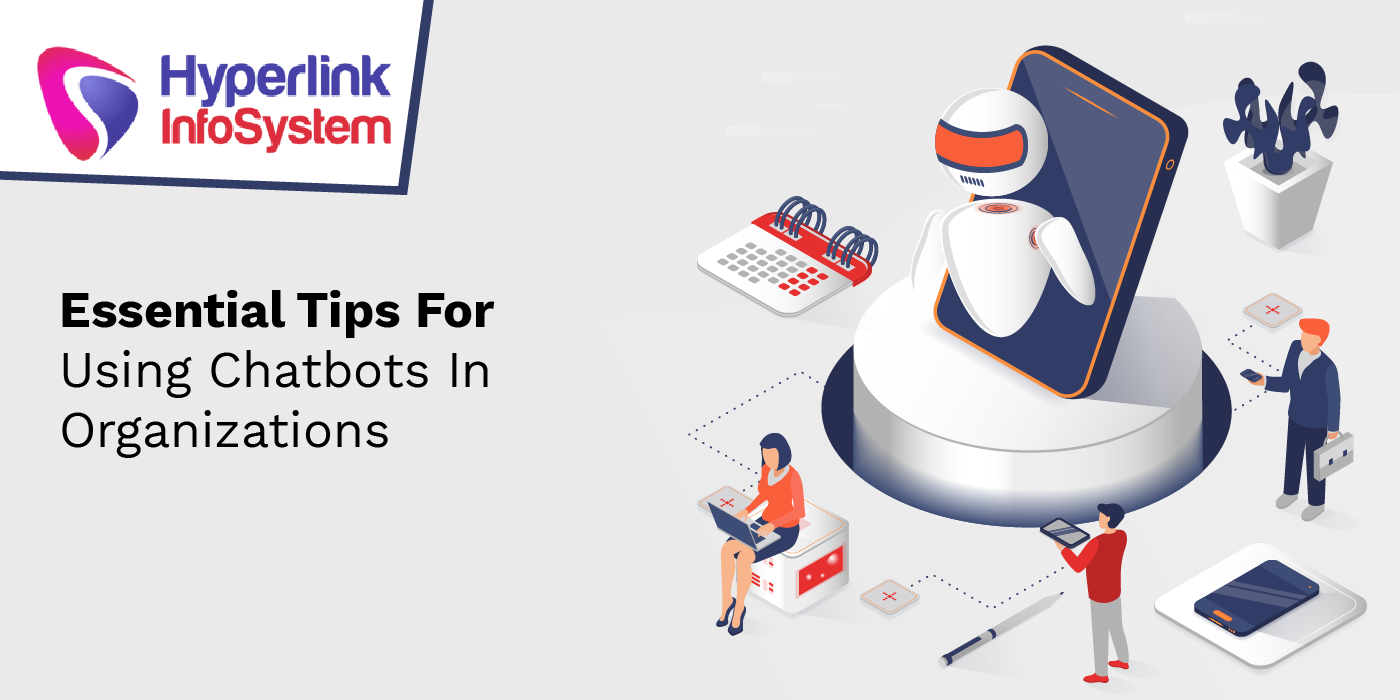What do good chatbots do right and what do users despair of when they are bad? We looked at a few studies, evaluated them and drew conclusions and tips for action.
Chatbots can provide your customers with 24/7 information and support while relieving the burden on your service team. But the customer experience is paramount when it comes to the successful use of chatbots.
Test and optimize all conversation processes
Almost every third chatbot conversation is not completed. This may be because many customers try chatbots out of interest, but it also implies that many conversations are unsuccessful or customers drop out early. There can be several reasons for this:
• Curiosity (the chatbot was only tried once).
• The chatbot does not cover the service that the customer expected.
• The chatbot cannot solve the problem.
• The customer cannot handle the chatbot properly.
The big problem with chatbots is that they have to anticipate what the customer expects and how they will act in order to solve the problem. Even “smart” AI-driven chatbots have learning loops and have to get used to unusual questions. With language assistants, for example, accents or colloquial terms also play a role and can represent obstacles.
App developers India should develop chatbots to adapt to customer behavior and not assume that customers will adapt to chatbot behavior. Also, you should test your chatbots or have them tested by people who were not involved in the development and approach the bot accordingly, as users would do.
Offer a transfer to a "real" person
According to an Aspect customer service survey, 86% of all customers want an opportunity to be redirected from a chatbot to a real service agent. Only 55% of those surveyed assume that chatbots can respond successfully and accurately to customer inquiries. So there is clearly a need here. Even if the chatbot basically does what it should, the presence of the option can already ensure that more customers use this type of self-service because they know that switching to another channel or to another conversation partner is quick and just runs.
You should evaluate chat data on a regular basis and identify points where it is best to switch to a service employee. If the customer is already frustrated, it is already too late and the service employee will have a much more difficult conversation than if the switch is made proactively as soon as the system detects that there is a more complex problem. If customer needs are perceived before the customer even realizes that they have them, this can have an enormously positive impact on the overall customer experience.
Specify a specific area for the chatbot
Dissatisfaction with chatbot services by mobile application development company is often due to the fact that the bot itself is doing too much. Programming a simple bot is certainly not rocket science, but the more options, branches and functions are added, the more complex the development becomes - and the higher the probability of errors.
You have to get information on the areas in which customers prefer chatbots and on which topics they prefer classic customer service. This alone can be used to derive or exclude simple tasks or processes.
For example, voice assistants are often used for “simple” orders and for obtaining rather simple information. You will find less use, especially for more complex product purchases. According to a PWC study, customers would rarely book a trip through voice assistants. Clothing purchase - which contains many variables, such as size, material, color, etc. is also not very popular.
Don't forget data protection
No matter what service it is all about, your chatbot will save and process call histories. Accordingly, you already have to think about the data protection aspect during development and implementation. Are users advised of what happens to their data? Can you refuse to save your data and still receive a service? What happens to the course of the conversation? Where are they stored?
"Privacy by Design" is a concept in which data protection is not treated as an add-on, but already plays a major role in planning and development. This means that they do not have to fill data protection gaps, but can proactively address all sensitive issues.
Take into account the emotional need of your customers
According to a CGS survey of more than 1,000 American customers, there are situations in which customers are generally stressed out when they need information. This includes:
• Health issues (insurance, information gathering)
• Bills processing
• Technical support
• Edit financial issues
In these cases, customers prefer to talk to one person many times over. In a stressful situation, 71% of all customers would rather speak to a person than chat (12%) or write an email (9%).
If a chatbot is used in these areas, providers have to offer a particularly good service and ensure that it is possible to jump to a live agent.
If the process has been canceled, check whether the customer problem has been solved or whether there is a need to follow up with the customer. Frustration in these areas can weaken customer loyalty and contribute to the jump.


























